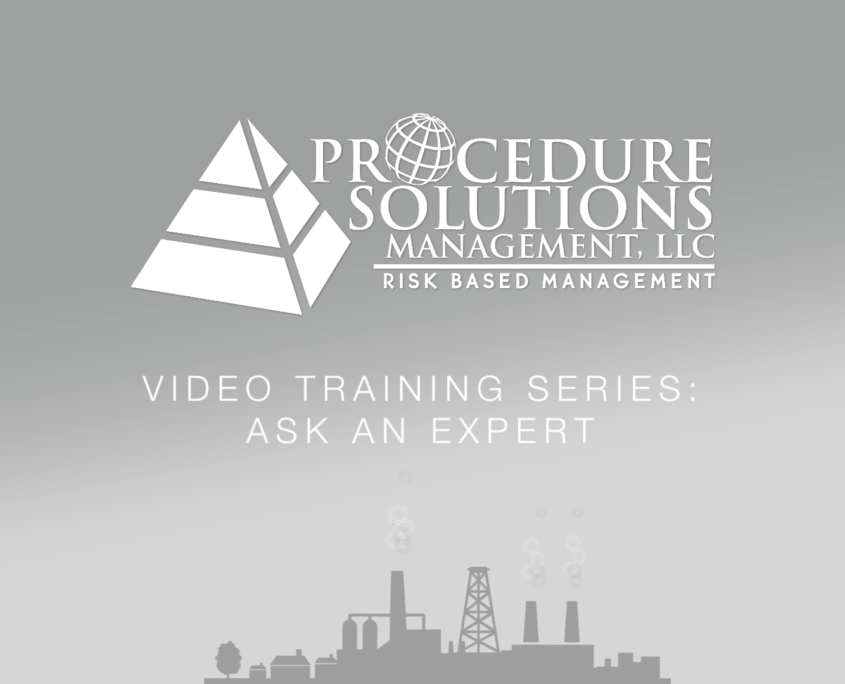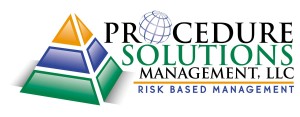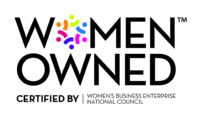Ask an Expert – Is Human Factored Writing Applicable In Non-Nuke Industries?

Procedure Solutions Management, LLC – Video Training Series – Ask An Expert – Is Human Factored Writing Applicable In Non-Nuke Industries?
Ask An Expert – Episode 4 – “How are the Nuclear Standards for Human Factored Writing Applicable to a Variety of Industries?”
PSM’s leadership is known for their work in helping to establish standards for human factored writing throughout the nuclear industry. Part of this process involved reviewing information from organizations/industries, like NASA and the Airline Industry, that had already successfully implemented similar standardization. Best practices were gleaned and ultimately, the Nuclear Industry was able to develop and adopt a set of guidelines for its controlled documents that was tailored to meet its needs. Are the principles, standards, and lessons learned by the nuclear industry applicable to other industries?
In this segment of “Ask An Expert,” Procedure Solutions Management Founder and Chairman of the Board, Stephen McCord, addresses the question: “How are the Nuclear Standards for Human Factored Writing Applicable to a Variety of Industries?”
Procedure Solutions Management has successfully applied the knowledge gained from developing nuclear industry standards to clients in a variety of industries, including: Pharmaceutical, Fossil, Petro-Chemical, and many more. Furthermore, we believe this information and the lessons learned are applicable wherever you have human beings referencing documents to perform work. For more information on how we can design a program to meet your company/industry’s needs, visit our services page. Or, for more information on Technical Writing, subscribe to our blog using the link to the right of this post.





